Pu Yi wrote 8 words on the photo of his 'lover', revealing the hidden love in the harem, was it overlooked by history?
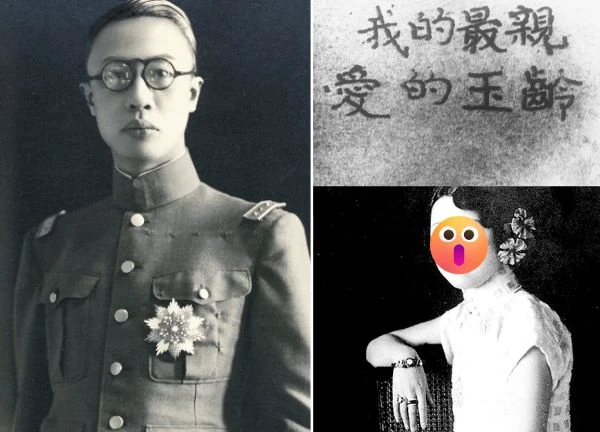
2 | 0 Discuss | Share
In palace dramas, many people wonder about the white scarves on the concubines' dresses. Many people still think that this is just an accessory to increase their formality, but few people know that behind it lies a deep mystery.
The harem, a sacred and forbidden place, where thousands of beauties show off their beauty, each with their own life story, but all revolving around one ultimate goal: the Emperor. To win the favor of the emperor, the concubines must engage in an uncompromising war, where the smallest detail can decide fate, from status, power, to survival. And among the myriad of harsh rules, the white silk strip around the neck of each concubine becomes a powerful mystery, a silent weapon that determines the fate of the forbidden palace.
This white silk strip, called Long Hua, has been around since the Ming Dynasty as an item of noble status. However, it was not until the Qing Dynasty that Long Hua really became associated with strict regulations and deeper meanings, becoming an indispensable part of the attire of concubines.
In the strict context of the Qing Dynasty harem, where every word and action could be scrutinized and judged, concubines had to live under strict control. They understood that just one wrong move was enough to make a concubine lose favor, or even pay a heavy price. For that reason, Long Hoa was not simply a piece of jewelry, but also a protective shield, an important identification tool.
The true power of the Long Hua was most evident when the Emperor entered the harem to select concubines to sleep with. According to the rules, the Emperor usually did not directly touch the concubines when making the selection. Instead, his eyes would scan the faces, and finally stop at the white sash around the neck of the chosen one. This was the most thrilling moment, where each concubine put all her heart into her Long Hua, hoping that it would be enough to attract the King's gaze.
The "identification" of concubines through the Long Hoa strip is mainly based on the embroidered patterns on it, and sometimes the fabric material. The more sophisticated the Long Hoa, the more elaborate the pattern, the more it shows the noble status of the wearer. Concubines who have just entered the palace or have low ranks are often only allowed to wear simple white scarves without patterns, symbolizing their humility and primitive position. On the contrary, concubines with higher status such as Phi, Tan, Quy Nhan will be allowed to wear larger Long Hoa strips, embroidered with sophisticated dragon, phoenix, flower and leaf motifs, showing the authority and favor of the Emperor.
Not everyone was allowed to wear the Long Hua in its entirety. If a concubine made a mistake, no matter how small or large, her sash could be shortened or even stripped off completely as a severe punishment. The cutting of the Long Hua was not only a public punishment, but also a warning that the concubine's status was in jeopardy, and that the Emperor's favor might have turned away. This made the Long Hua a powerful symbol of status, self-protection, and a constant reminder of the fierce competition in the harem.
In addition to its role as a measure of status and a tool to win favor, Long Hoa is also used as a delicate accessory to beautify the outfit. It helps the outfit become more discreet and elegant, while also highlighting the elegance and gentleness of women. In the hands of talented embroiderers, Long Hoa becomes a small work of art, contributing to the splendor of the royal court.
Although it was once an invisible bridge between the concubines and the emperor, a measure of power and favor, the meaning of the Long Hoa strip was gradually forgotten over time. As the Qing Dynasty gradually declined, the complex rules and rituals in the harem also faded over the years. The white strip, once associated with the ups and downs of the fate of countless concubines, is now just a forgotten historical symbol, lying silently in the pages of ancient books, recalling a golden but also tragic period of the harem.
Though no longer present in court life today, the story of the Long Hoa strip remains a vivid testament to the complexity, intrigue, and hopes and frustrations of women trapped in the maelstrom of power in the forbidden palace. It reminds us of the lesser-known aspects of history, where a small item can also hide a world of struggle and destiny.
The most amorous emperor of the Qing Dynasty: slept with 9 concubines, had 55 wives and 53 children  Bảo Nam17:31:22 13/04/2025Normally, Qing emperors would have about 10 concubines, but in the book Kangxi Complete Biography, historians recorded that in his harem there were 49 noble ladies or more, 67 of whom received official titles.
Bảo Nam17:31:22 13/04/2025Normally, Qing emperors would have about 10 concubines, but in the book Kangxi Complete Biography, historians recorded that in his harem there were 49 noble ladies or more, 67 of whom received official titles.

2 | 0 Discuss | Share

2 | 0 Discuss | Share
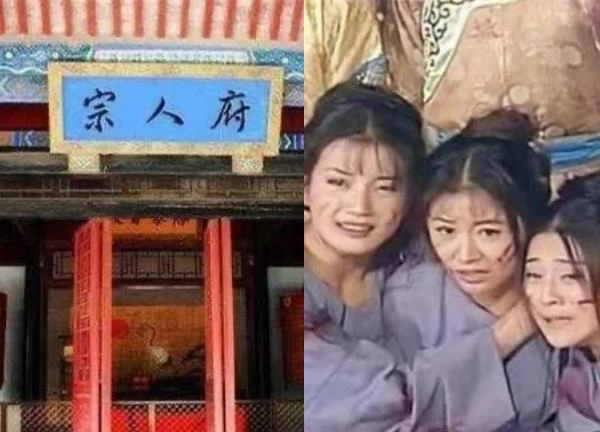
3 | 1 Discuss | Share
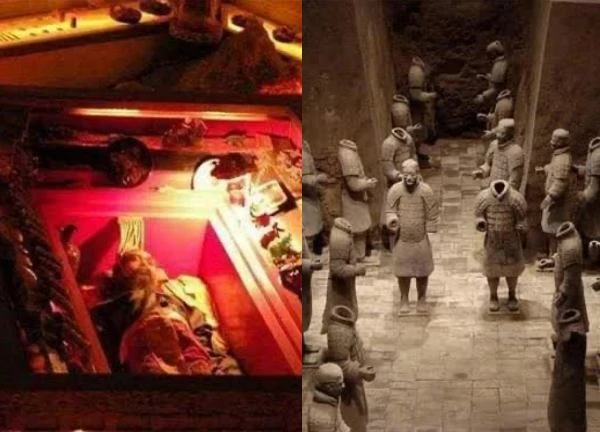
3 | 1 Discuss | Share
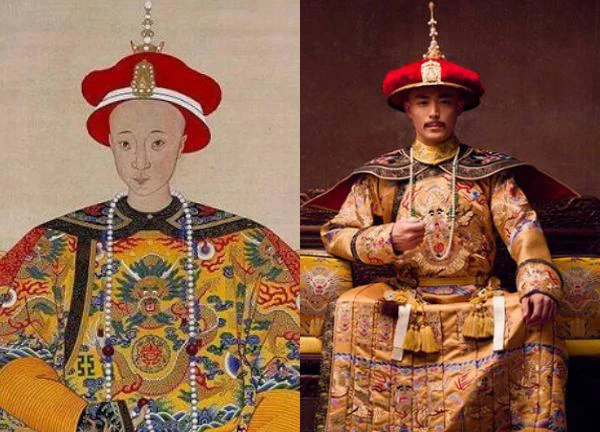
3 | 1 Discuss | Share
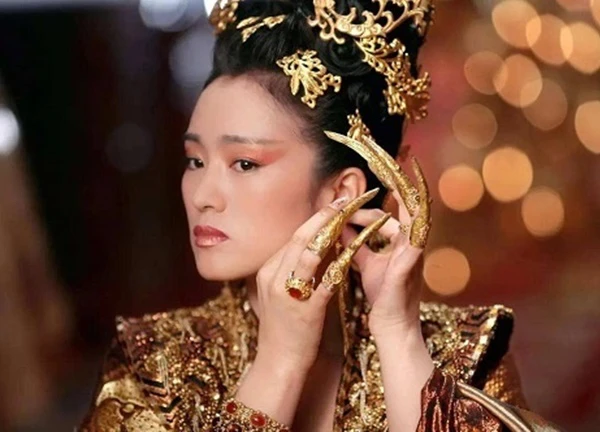
1 | 1 Discuss | Share
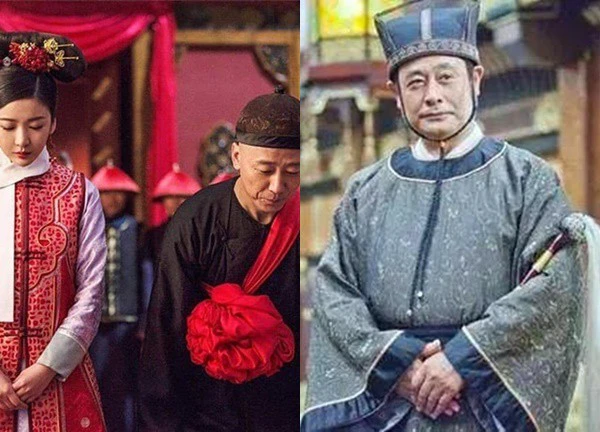
3 | 1 Discuss | Share
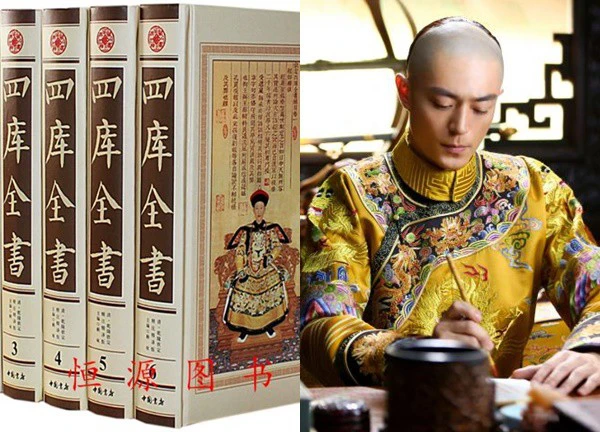
2 | 1 Discuss | Share
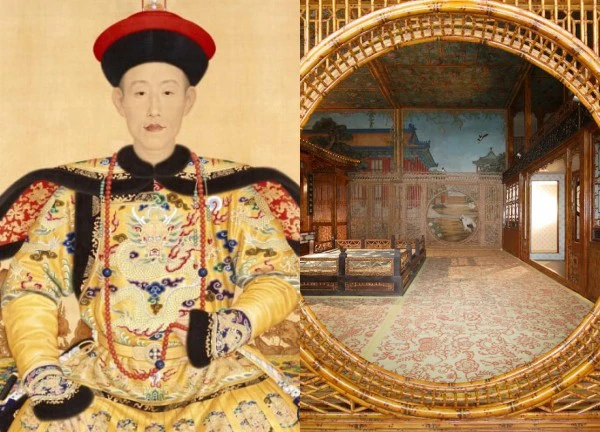
1 | 1 Discuss | Share
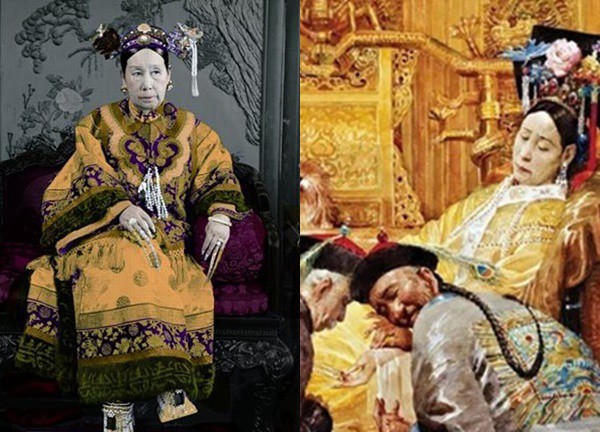
2 | 1 Discuss | Share
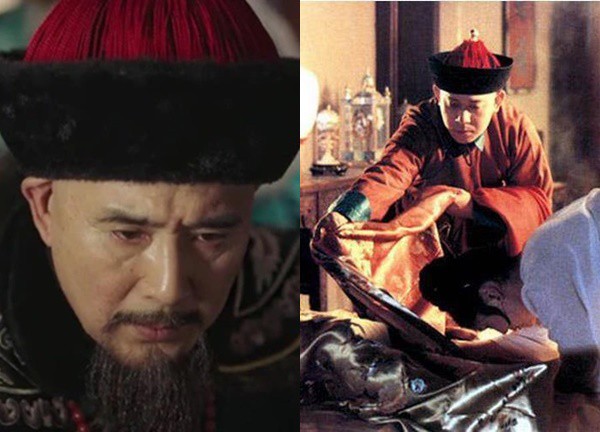
1 | 1 Discuss | Share
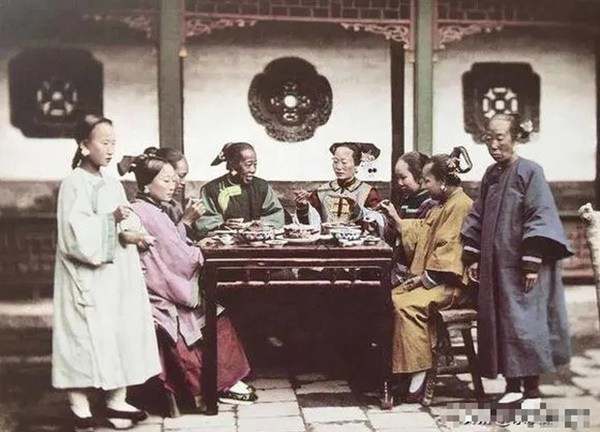
2 | 1 Discuss | Share



1 | 0 Discuss | Report